When developing employees, companies usually focus on enhancing career-related or industry-specific skills. While that’s definitely a must, companies shouldn’t forget the one thing that’ll save all their assets in case the unthinkable happens: safety and security skills.
Safety and security skills include giving first-aid treatment, CPR, and conducting investigations, among others. The odds of an emergency that would require those skills may be low, but low doesn’t mean nonexistent. Plus, safety and security devices can only do so much.
What is Safety Training?
No matter your industry, you should consider training your organization in safety and security. It’s not just construction workers, healthcare workers, and bank employees who are constantly exposed to risks. Slippery floors, which many offices have, are also a safety hazard. Unlocked store doors, meanwhile, are huge security risks.
There are two types of safety training. The first one is called Induction training. It is given to new employees to help them settle into a new environment. It is also the type of training you’d give to an organization learning about safety for the first time. Induction training covers fire safety and emergency procedures, first aid, health and safety (e.g. procedures for reporting injuries), welfare facilities, risk assessment, usage of safety tools, and maintenance of personal protective equipment. If you work in an office, you no longer need to tackle the maintenance of PPEs, but if you have field workers, they might need it.
The second type of safety training is refresher training. It’s a refresher course for induction training. You can also teach new skills during refresher training, like identifying safety hazards, conducting investigations, and using new equipment.
Safety Measures Companies Should Implement
Of course, safety and security training will be useless if your workplace doesn’t implement safety and security measures. Sadly, many companies only focus on cybersecurity when coming up with safety and security policies. Little did they know, protecting data also requires some physical effort. Plus, during an emergency, human life will always be more important than data.
Below are some safety and security measures every workplace must implement:
-
Limit access to the premises
In a retail store, customers should only enter from the front door. In an office, there should be a security system on the doors. Only those who will pass the clearance, like employees, guests, and maintenance personnel, should be allowed entry.
-
Provide Adequate Lighting
Good lighting does more than enhance aesthetics. It also prevents accidents in stairways, bathrooms, hallways, and other dim areas. Outside, good lighting deters burglars.
-
Lock the Server Room
You can restrict access to your cloud and use complicated passwords, but if your server room isn’t locked, your data is still vulnerable to theft. Use smart locks to discourage unauthorized access.

-
Set Up Surveillance
Install CCTV cameras on all access points. Ensure that they all have night vision. Choose models that can be connected to your smartphone so you can also keep watch at night.
-
Teach Essential Safety and Security Skills
What would your employees do during a fire or earthquake? Or during an armed robbery? No one should feel helpless and hopeless in these scenarios, so enlist a safety and security expert to prepare your employees for such incidents.
Essential Safety and Security Skills
Speaking of skills, these are the essential safety and security skills every employee should be trained for:
-
Using Security Systems
Security systems are the surveillance, alarm, and motion sensors found in an establishment. Your employees should know how to use them in case of a security emergency. For example, if robbers barge into your premises and hold someone hostage, at least one employee should use your sophisticated commercial security alarm system. It’ll allow them to alert the police without the robbers noticing.
-
CPR
If a customer or employee collapses on your premises, and they’re unresponsive and lacking a pulse, you should perform CPR immediately. It can save their lives and minimize your liability.
-
Recognizing the Signs of a Stroke
You don’t have to be a healthcare expert to save someone from a stroke. You can also save someone’s life if you called an ambulance immediately because you recognized the signs of a stroke.
-
The Heimlich Maneuver
If you run a restaurant, your staff should be able to perform the Heimlich Maneuver on choking customers.
These skills are actually considered basic, so don’t miss out on the chance to learn them. Though you’d never hope to use those skills ever, being prepared to use them is better than relying on outside help when you don’t have time to.












